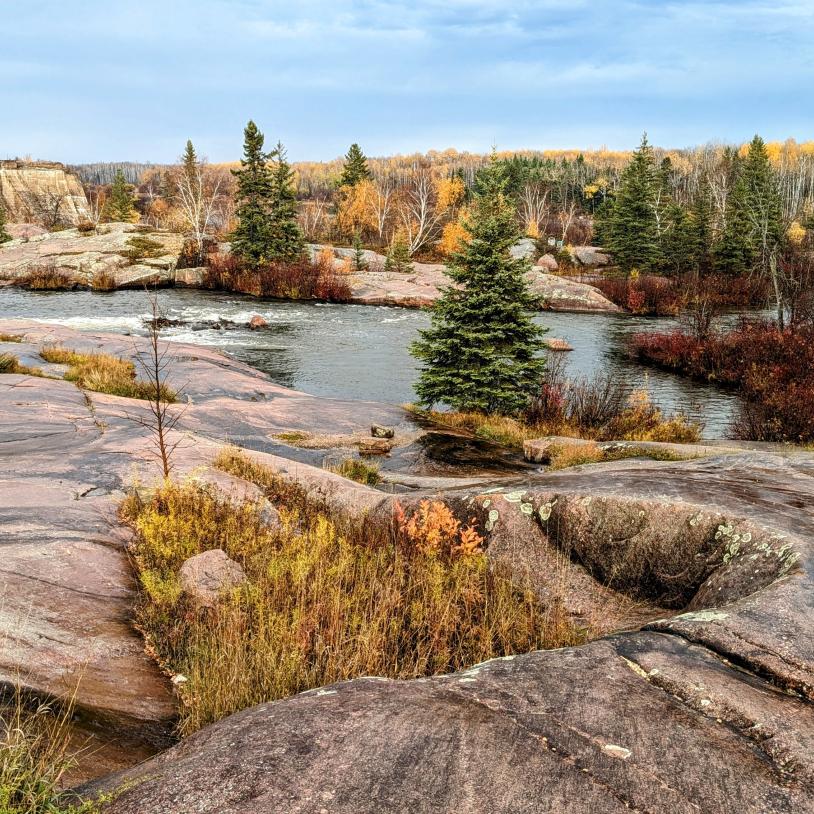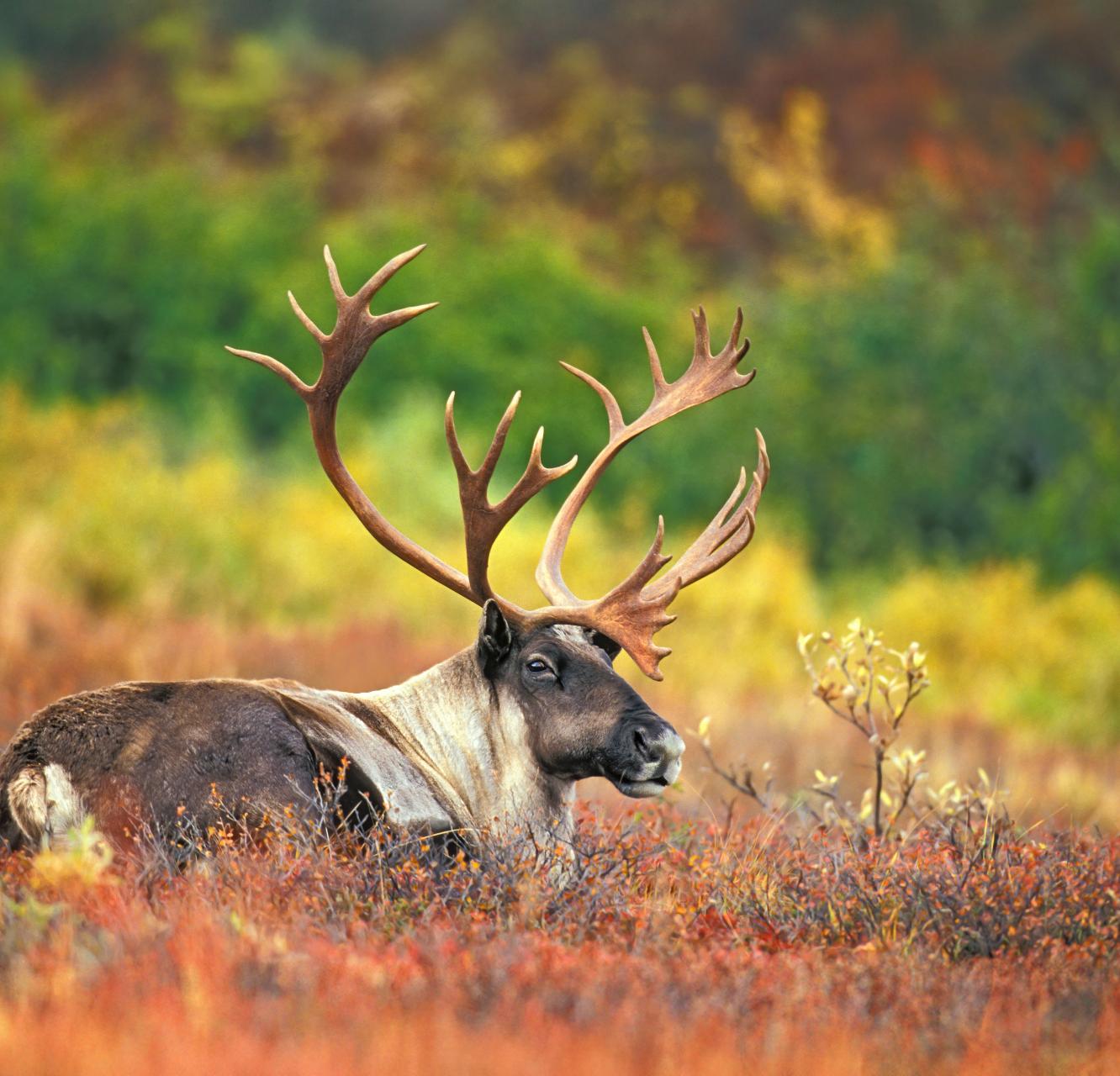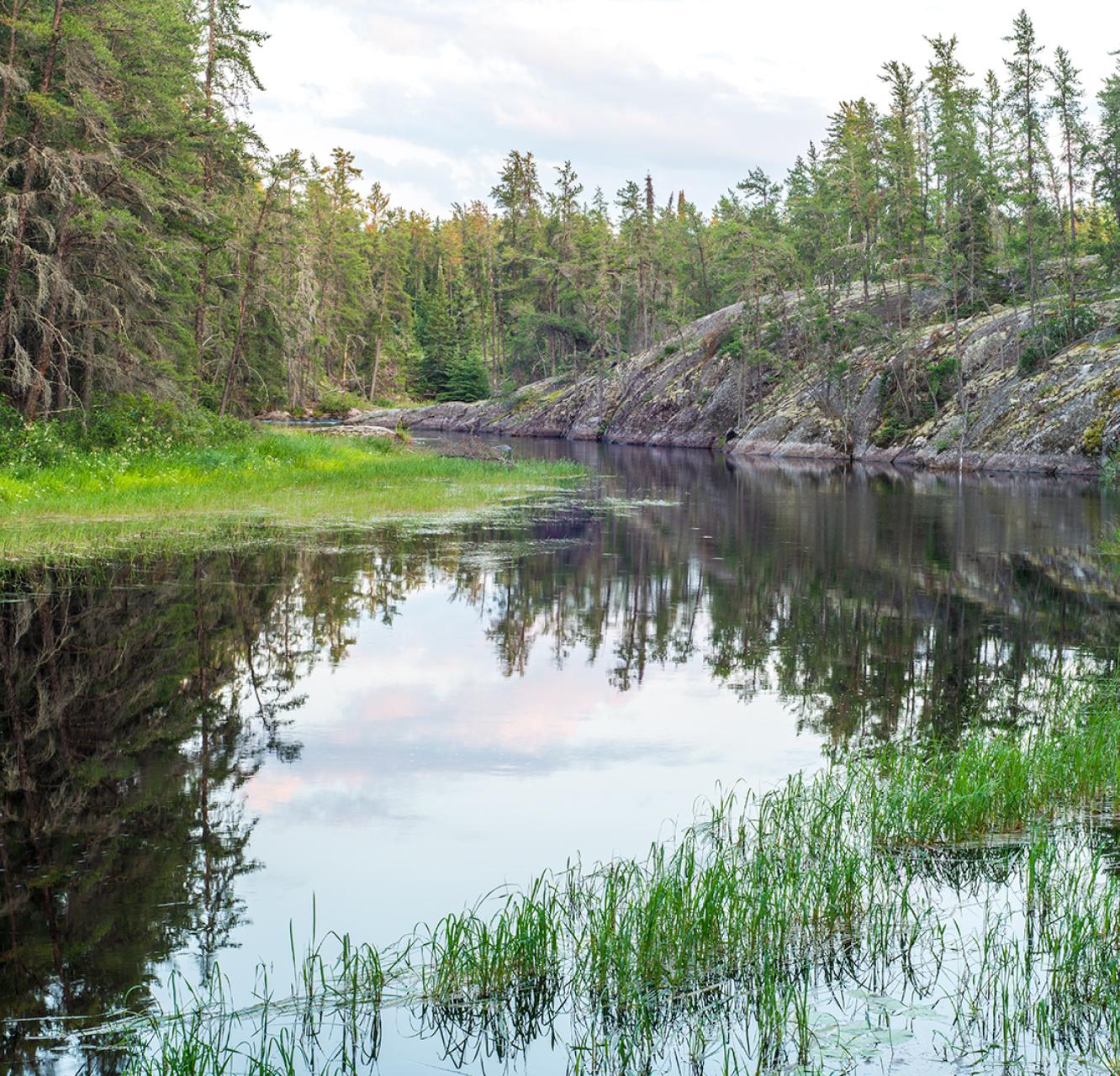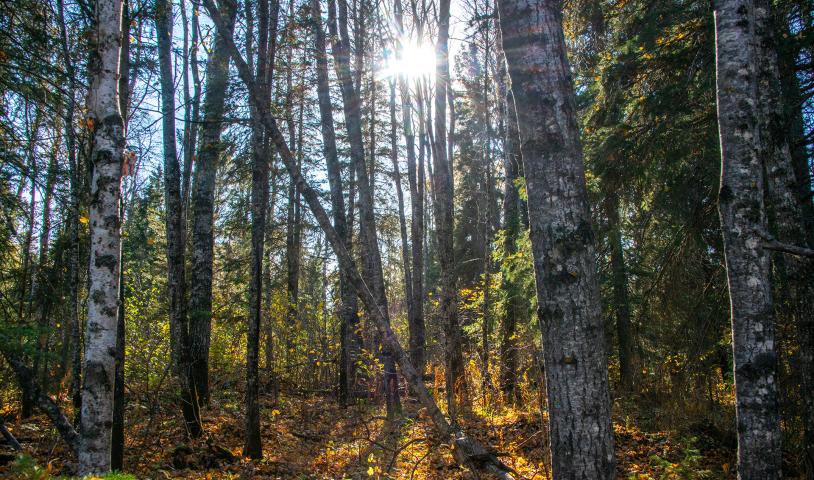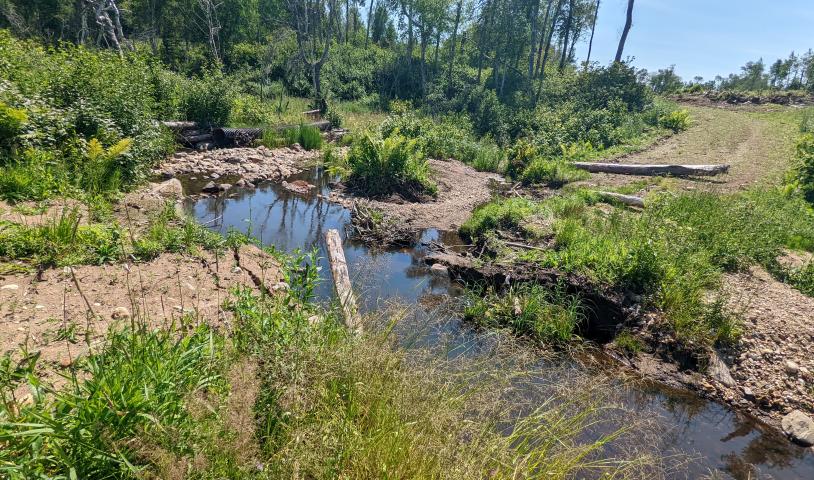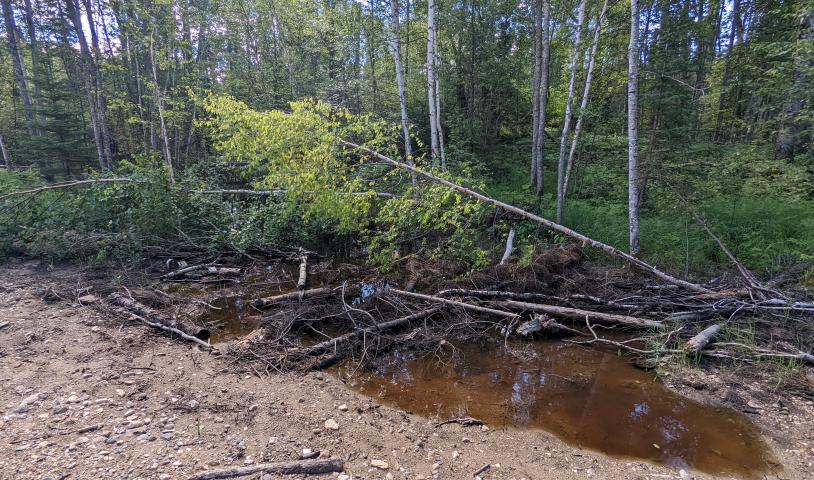First Meeting with Conservation Minister Blaikie
Wednesday, February 10, 2010
On Thursday, February 11, the Wilderness Committee finally had its first meeting with new Conservation Minister Bill Blaikie. We had hoped to have one very quickly after his appointment, but it took many weeks for the meeting to be set up, even though other enviro groups met many times with him before Christmas. We were assured, however, that the Minster’s office isn’t ignoring the Wilderness Committee’s concerns, the concerns of over 8,000 Manitobans.
We started the meeting by pointing out the state of forestry in Manitoba. We mentioned that all forest management licenses in Manitoba have expired. This is not good for the forestry industry, as it creates uncertainty. In the coming weeks, WC will release a position statement, with a vision of what our new forestry license should look like in Manitoba. Manitobans deserve much more opportunity to decide how their forests are being used.
We expressed concern that Tolko’s license area, in Northwestern Manitoba, had virtually no protected area in it. We stated that we believe Tolko is over-logging in the region. We produced detailed maps of Tolko’s area which show how much logging has been done going back more than 40 years, but the two maps we have were accidentally released to the public by Tolko. Tolko refuses to provide detailed maps of this PUBLIC FOREST to the pubic. The government of Manitoba does not even have maps as detailed as this, with which to make decisions about logging. We told the Minister that if the maps were made available to the public, concerns about over-logging could be examined fully. The Conservation Minister said they will look into getting these maps from Tolko.
We mentioned the fact that Tembec’s 20-year plan and license was currently being worked on by the Manitoba government. This is a waste of government money, and a waste of resources for environmental groups who are tasked with reviewing the document. Tembec has explicitly stated they will not reopen the mill, but will instead sell it. If the mill is reopened, the new owners must file a new 20-year logging plan, at which point the public and the government will review the plan. We told the Minister that the mill has never met environmental standards, and has been one of the worst polluters in Manitoba for over 8 decades. The mill, if it is sold as Tembec is attempting to do, should not be allowed to operate again until it passes current emissions standards. Further, the mill should be fitted to process a variety of fibers from faster-growing sources, instead of just wood from our valuable boreal forest region. In addition, if Tembec decommissions the mill, Manitobans must pay attention and prepare for serious environmental problems, as recently happened in Marathon, Ontario when Tembec was decommissioning that pulp mill. (read about it here and here)
We really wanted to talk to the new Minister about the Grass River Provincial Park logging. The last acts of our previous premier included dismissing appeals and authorizing a logging road in Grass River, which I’m sure WC followers already know. We talked to Minister Blaikie about it, and he continued to put forth the government talking point that a logging road is not logging. We responded by quoting the 1992 Clean Environment Commission recommendation that the park logging ban is based upon, which states “Commercial FORESTRY ACTIVITY in all provincial parks should be phased out.” A logging road is clearly forestry activity, as any reasonable person would agree. The government is attempting to weasel out of the logging ban that a vast majority of Manitobans wanted. The Wilderness Committee even brought this issue up in Committee hearings in June 2009 (which can be read here), when the government had a chance to close the loophole that they left in the legislation. Now, unfortunately, unless the Conservation Minister soon sees the light, more government money will be wasted as a legal definition of logging is sought.
One of the other big issues to discuss was caribou in northwest Manitoba. In December 2009, 15 woodland caribou walked past the village of Wanless. It is unusual to have the caribou move like this at this time of year, and so close to development. It is theorized that they were pushed out of their winter grounds by Tolko logging operations. This highlights the concerns the Wilderness Committee has been raising about the lack of recovery strategy for caribou in Tolko’s Forest Management License Area. We need to see logging halted in caribou habitat, across Manitoba and especially in the northwest, until proper research is assembled and peer-reviewed mitigation strategies are in place. Minister Blaikie listened with interest to the caribou information we presented.
Our meeting was not long, and we quickly ran out of time. We briefly touched on the antique management plan for the Whiteshell, and the Minister seemed to agree that we needed an updated one.
We went over our Manitoba’s Conservation Hotspots educational report together. We pointed out that the Saskatchewan River Delta is in Tolko’s logging area, and protecting it would be an excellent step towards more protected area in northwestern Manitoba. We talked briefly about the Upper Whitemouth River. It was mentioned the government recently protected a part of the Whitemouth, but large sections of southern Manitoba’s cleanest river is still at risk. Minister Blaikie questioned why it was the cleanest, and then surmised himself that this was because there was no development. I also pointed out that it flows through huge filtering bogs. We talked about the fact that protection for these two areas, along with the Fish Lake area and the Chitek Lake Park Reserve, should all be part of the government’s recently announced Boreal Peatlands Strategy. The last area on our Conservation Hotspots list to be discussed was the Tallgrass Prairie, the most endangered ecosystem in Canada. It was mentioned that the government was working with Nature Conservancy Canada to try and increase the size of the currently protected Tallgrass Prairie Preserve by adding private lands. We mentioned that there is public land, owned by the government of Manitoba near the Tallgrass Prairie Preserve that should be added to the current preserve. Minister Blaikie is familiar with the Pansy Pasture area, and we hope he will look at this in the near future.
As a rule, the Wilderness Committee does not sit down and work with government. We take our role of independent watchdog seriously, and strive to offer suggestions, accolades, and criticism on government environmental decisions, so people in Manitoba can ponder our shared ecological future. As such, it is important to let our members and supporters know everything we can about our meeting.
In all, the meeting went well, although it was very short, and we will follow up with written information on the topics we discussed. We would have a more productive meeting, however, without the 'spin' and prevarication from the bureaucrats in attendance. We’re hopeful that Minister Blaikie will take the information we presented to him, and begin to move forward on these important issues.
